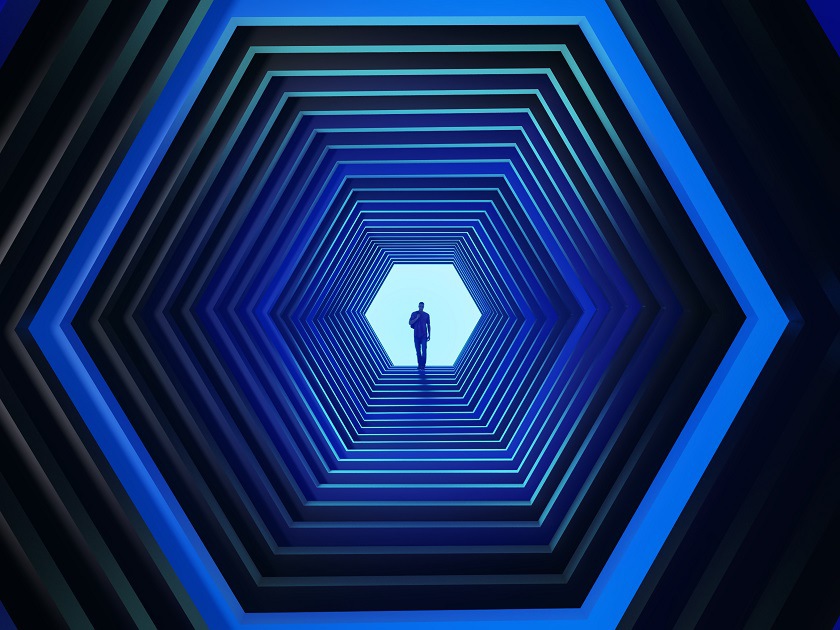25 years is a long time in business. Andy Hawkes talks us through the journey we’ve taken and looks forward to 25 more years.
OK so this isn’t strictly a travel-related article. There’ll be no tips on travelling, no stories of travelling nightmares or dangerous situations in far-off climbs. This isn’t a travelogue. Instead I want to tell you about the journey we have taken as an organisation, about the external forces that affect the paths we tread, and of our future direction of travel.
In 2020 Cardinus will have reached the grand age of 25. In business terms, we’re no longer the sprightly young organisation taking on all comers. We’re survivors of the business boxing ring, with a few scars and bruises, a bit of a cut above the eye, but with the right skills and staying power to have made it through the fight.
Data is scant on survival rates of UK 25-year old companies, but with just under half of companies making it past 5 years, it’s quite something to have made it to this remarkable milestone.
The 25 Year Journey to Now
Back in 1995 we had no conception of the world 25 years from now. But we knew technology would make a big impact, and that’s how our first foray into enterprise software came into being. Post-1992, when the DSE regulations were initially brought into law, the world of the workstation was in its infancy but becoming more and more de rigueur, slowly transforming the work environment.
When we introduced our first piece of software in 1995, Workstation Safety Plus, our sales team would invite beleaguered health and safety professionals to demo our innovation on 12 3.5” floppy disks. This was the future.
It seems ludicrous now to imagine a 12-disk program being such an innovation, but customers loved how simple it was to use compared to the alternative (an alternative still very much in play) of manually tackling DSE risk assessment.
Over the years we introduced program after program to help customer through similar issues, with our next e-learning program, Health and Safety Introduction, being swiftly brought in in 1996.
A full ten years later we began supporting THB Fleet, who eventually became our parent company in 2007. We then brought in our own fleet risk division, providing driver and fleet risk support for thousands of drivers across the UK.
Expanding again in 2009, we were able to reach a whole new market with property assessments and risk surveys. It brought to Cardinus a range of asset services beyond employee risk we’d traditionally focused on.
Our first health and safety consultancy client came in 2010 and opened doors to providing expert tactical and strategic support for organisations. The culmination of this came in 2018 with the acquisition of Andy Neal, a security risk consultant and trainer. This expanded our health and safety provision to include personal safety, travel safety and security risk.
The journey to now has seen Cardinus transform from a software provider to a full service, software-powered, risk management company.
And What of the Next 25 Years?
I don’t pretend to be a futurist but every article these days impresses upon us that we’re at the precipice of a new technological future. This future, powered by AI, automation, robotics, biotechnology, quantum computing and a whole lot more, will see the workplace changing again, just like the transformation of the office space at the beginning of the nineties.
So, what will the next 25 years look like, and how will that impact the health and safety industry?
The EU-OSHA Foresight on digitalisation report gives a good indication into the types of technological, cultural and societal changes that are likely to occur that impact our industry.
The implications for the occupational health industry are split into 6 categories that cover the work people do, the tools they use, how we learn and train, the structure of the work environment, how we’re managed and how changes in wider society impacts work.
Some of they key drivers that will impact our products are changes such as technology that allow employees to be unshackled from workstations with gestural, voice and even brain-to-computer interfaces, mobile autonomous robotics and exoskeletons that free employees from strenuous manual handling, an increase in lone workers and dehumanisation of the workspace, contractual changing relationships between employer and employee and much more.
The Direction of Travel
It’s a fascinating read that juxtaposes technological innovation against both dehumanising and empowering outcomes. For OSH suppliers like Cardinus, the future must be a connected, integrated workplace that supports the health and safety outcomes of employees and organisations alike. Cardinus will no doubt be at the forefront of that discussion, providing the appropriate technological solution that enables workers and employers to benefit from new innovations.



